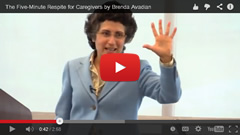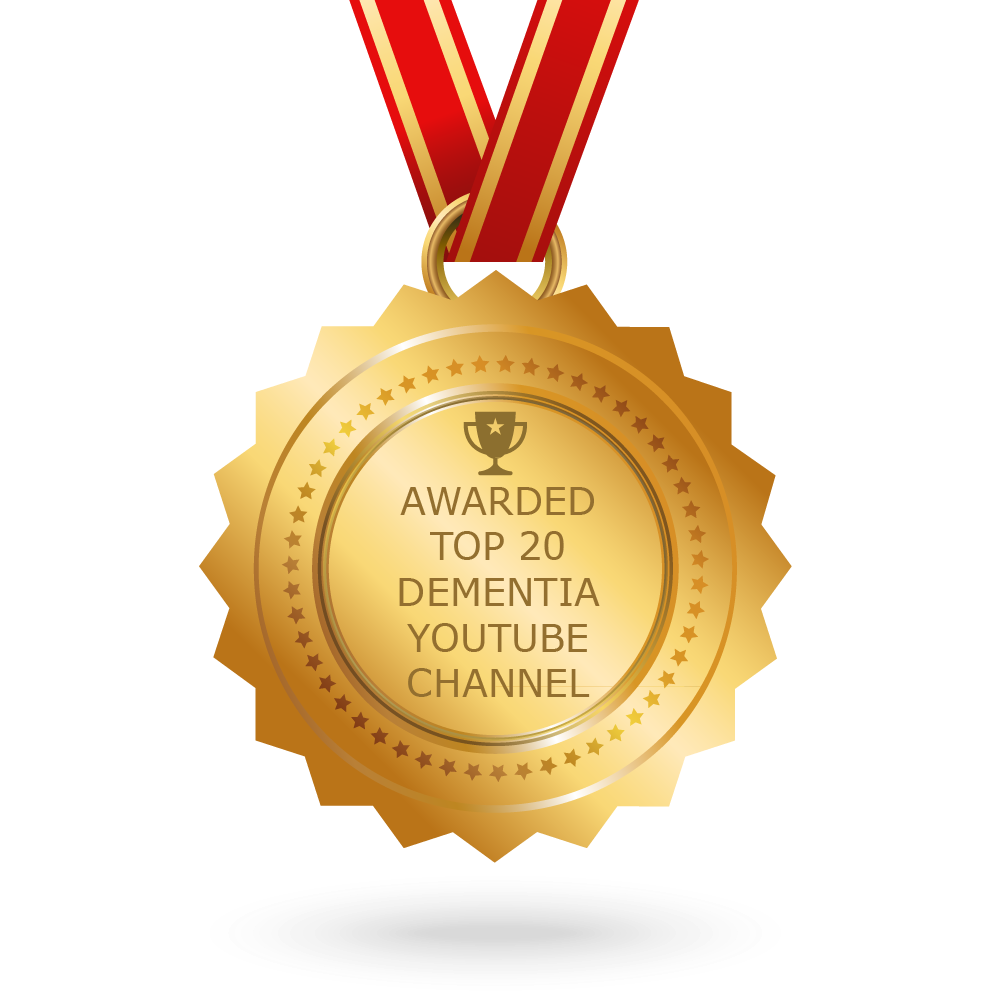10-Year Status Report: What Have We Learned about Caregiving?
Six changes shaped caregiving in the last decade. Four trends emerge as we look ahead.
Without any doubt, there is more information for caregivers today than there was a decade ago. Today, caregivers begin with greater knowledge and access to information and resources, thanks in part to fellow caregivers. The depth of the caregiving experience impacts lives so deeply, that each year thousands of caregivers extend a helping hand to others by putting their lives into words for others to read.
It wasn’t always this way. Ten years ago, when “Where’s my shoes?” My Father’s Walk through Alzheimer’s was released it was one of only a handful of books written by family caregivers.
Access to more information or resources; however, doesn’t reduce one’s caregiving burden. On the contrary, responsibilities may be greater today as caregivers take advantage of the breadth of resources available to them. This in turn adds to their stress.
I recall my late aunt who cared for my uncle (my father’s brother) for many years. My uncle was diagnosed with Parkinson’s. If this wasn’t enough, he also lost his sight due to diabetes. As Parkinson’s imprisoned his body, it became necessary for my elderly aunt (an Army nurse in WWII) to hire in-home care. One afternoon, we shared a cup of tea in her breakfast alcove as she expressed her amazement at how little time she had despite having 24/7 in-home help. I reminded her that even though she had long since retired, she had personally hired the caregivers and insured they showed up each day to complete the work she asked them to. All this took planning. Plus she had to keep records of their wages, Social Security payments, and Worker’s Comp. As she grieved the gradual loss of her husband of fifty-plus years, she was still running a 24-hour a day business!
Greater access to information, whether online, via books, support groups, or from organizations, plays an integral role in caregivers knowing what to expect and how to cope.
Today’s caregivers feel more empowered and part of a community thanks to internet chat rooms, support groups (in person and online), and the thousands of caregiver memoirs reflecting diverse experiences.
Since 2000, we’ve experienced the following changes:
- Greater awareness. Each decade brings more awareness of the role of caregivers. This alone has had a dramatic effect in reducing loneliness. Increased media coverage gives caregivers a platform to share their journeys. Although most caregivers silently carry out heroic deeds, more of their voices are being heard as fewer feel a need to keep their journeys private.
- More is known about various diseases and illnesses. My father’s dementia diagnosis in late 1996 came across as “probable Alzheimer’s.” Little was mentioned about other cognitive impairing causes of dementia such as Lewy Body and vascular dementia. Today, with greater knowledge about diseases and better diagnostic tools, doctors are able to more accurately assess people’s conditions in order to better treat them.
- Vast resources online. Today’s caregivers can easily go online and search for a wealth of resources. Thanks to the power of search using Google, Yahoo, Microsoft, Safari, Ask and others, caregivers can type in keywords and find more than they ever could and from a breadth of sources.
- More care options. After my husband and I thought we were getting Alzheimer’s trying to keep up with my father’s care, we started looking for local care options…for us! There were only two–skilled nursing care and several board and care residences. Today, we have assisted living communities and a greater selection of board and care homes in our area. Also, increasing numbers of adult day care centers have opened, providing stimulating activities for loved ones while family members work or enjoy a brief respite.
- Greater support networks. Caregivers have more of a variety of support groups to choose from–from general caregiver support groups to specialized ones including ones for spouses, children, or men. These groups meet in person or online. There are even support groups for those diagnosed with various diseases and illnesses; such as Alzehimer’s, cancer, diabetes, heart disease, and more.
- Reduced costs of long-distance communications. As my father became increasingly forgetful, he’d sometimes set the phone down during our long-distance calls to look for something. I’d waste long-distance minutes wondering if he’d return before hanging up. Today, it’s a lot easier to keep in touch with lower-cost long-distance packages, VOIP (e.g., Skype, Vonage), and even eMail. We’ve come a long way.
What does the future hold?
Four trends are taking shape, thanks to empowered Baby Boomers who challenge the status quo.
- More funding and available resources. Despite these challenging times, more organizations have provided caregivers with educational resources and assistance than ten years ago. Looking ahead, fellow Baby Boomer Obama’s healthcare priority can only be a positive sign for caregivers.
- Improved doctor-patient partnership. Years ago, patients were passive recipients of doctors’ decrees. Even though caregivers lament that doctors still don’t listen to or believe their descriptions of loved one’s behaviors and symptoms, progress is being made toward patient-caregiver/doctor dialogue and creating a partnership to manage care.
- Continuum of care options. Not only are there more assisted living communities and board and care residences, but some stable neighborhoods are growing old together. As frail residents move or die, newer residents desiring to preserve the stability, reach out and help their aging neighbors in order to keep them living independently in their homes longer. Our rural neighborhood in the northeastern Los Angeles County foothills is an example. We look after one another. When one of us goes into town (a 30 to 70 mile round trip); we call to see if anyone needs anything.
- Living the Simple Life. A few years ago, right before the economic fallout, if you weren’t acquiring things you may have been frowned upon. Today, with reduced funds, opting for the simple life, moving toward the green life, is the new mantra. Looking ahead and even as the economy improves, more of us will be letting go of our possessions. Instead of things we’ll spend time enjoying experiences with others.
These are the six of the changes I’ve witnessed over the last decade and four of the trends I see. What about you? What changes have you seen? Where do you see us heading? Write to us and we’ll post your comments to the TCV blog.
——————————————————————————–
This year marks the Tenth Anniversary of the publication of “Where’s my shoes?” My Father’s Walk through Alzheimer’s.
Released during a time when it was rare to find a caregiver willing to talk about, much less write about his/her experience, “Where’s my shoes?” was one of a handful of pioneering books that laid the path for thousands of caregiving books.
——————————————————————————–
©2009
Article may be reprinted or excerpted. Must be credited:
Brenda Avadian, MA Founder, TheCaregiversVoice.com
To further maximize cross-promotion, send us a link.








